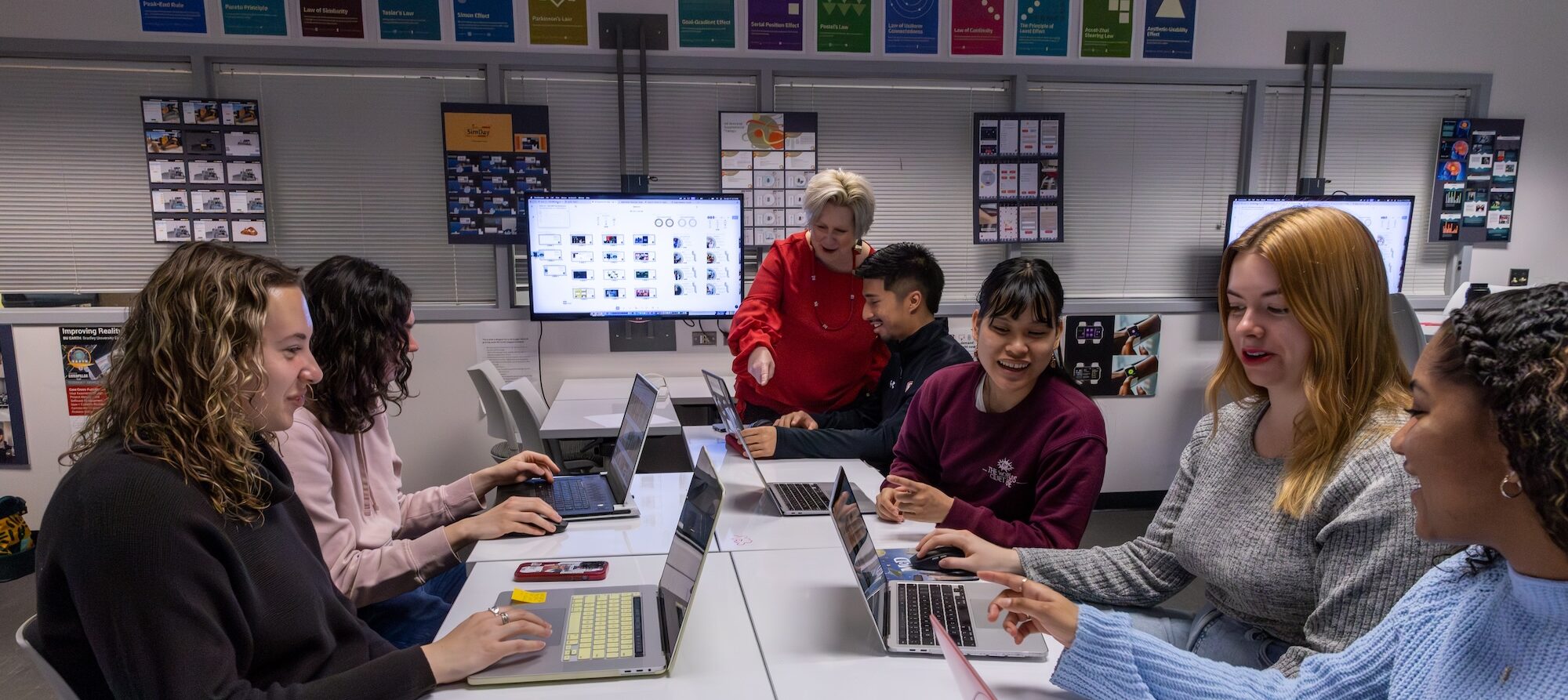Home / Academics / Programs / Major / User Experience Design
User Experience Design
User Experience (UX) Design is all about crafting seamless, intuitive, and engaging interactions between people and the products they use—whether digital or physical. As one of the most in-demand careers in the creative industry, UX design blends art and science to shape how users think, feel, and respond to technology and everyday systems.
You’ll master the skills to create designs that prioritize user needs, enhance functionality, and spark emotional connections. Whether you’re streamlining an app, improving a website, or reimagining a product interface, you’ll learn how to make experiences that feel effortless and meaningful. If you’re passionate about problem-solving, innovation, and human-centered design, UX is your path to making a real-world impact!
Experiential Learning
- Land an internship at an organization like NASA, State Farm, Caterpillar, Microsoft, Precision Planting, or OSF HealthCare.
- Design for innovative products such as wearables, AR/VR, mobile, websites and physical interactives.
- Research projects in traditional and nontraditional human-computer interaction design
Studio practice in visual design, interaction design, and user interfaces. - Off-campus study in Ireland, the Netherlands or Los Angeles.
Program Details
Career Opportunities
UX design professionals are in high demand for their technical and creative skills. Using industry best practices, they create products that promote and inspire human activity as:
- Graphic Designers
- User Researchers
- Usability Analysts
- Information Architects
- Interaction Designers
Minor
The 18-hour user experience minor introduces you to the ways designers ensure digital systems meet users’ needs and goals. Courses touch on psychology and topics relevant to design research and thinking.

